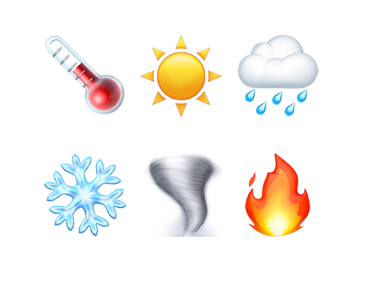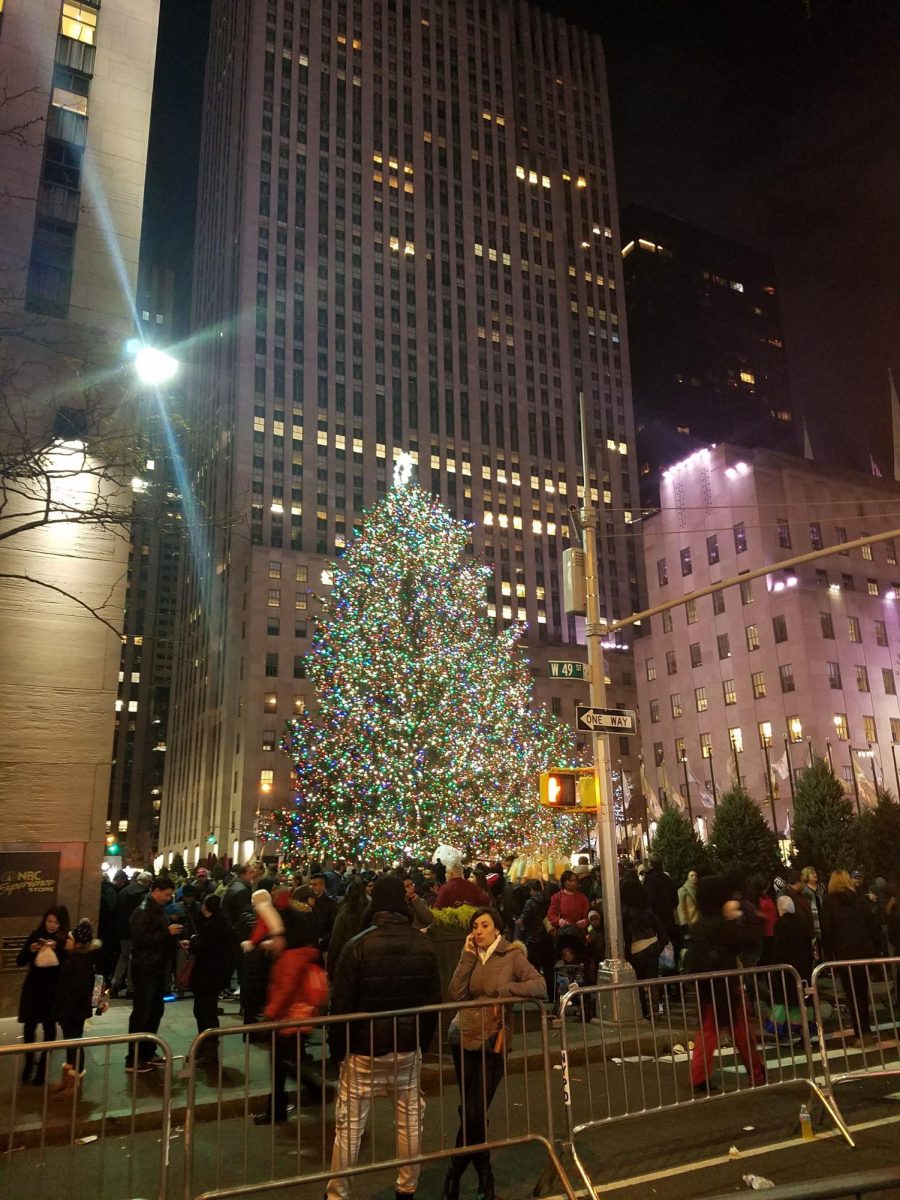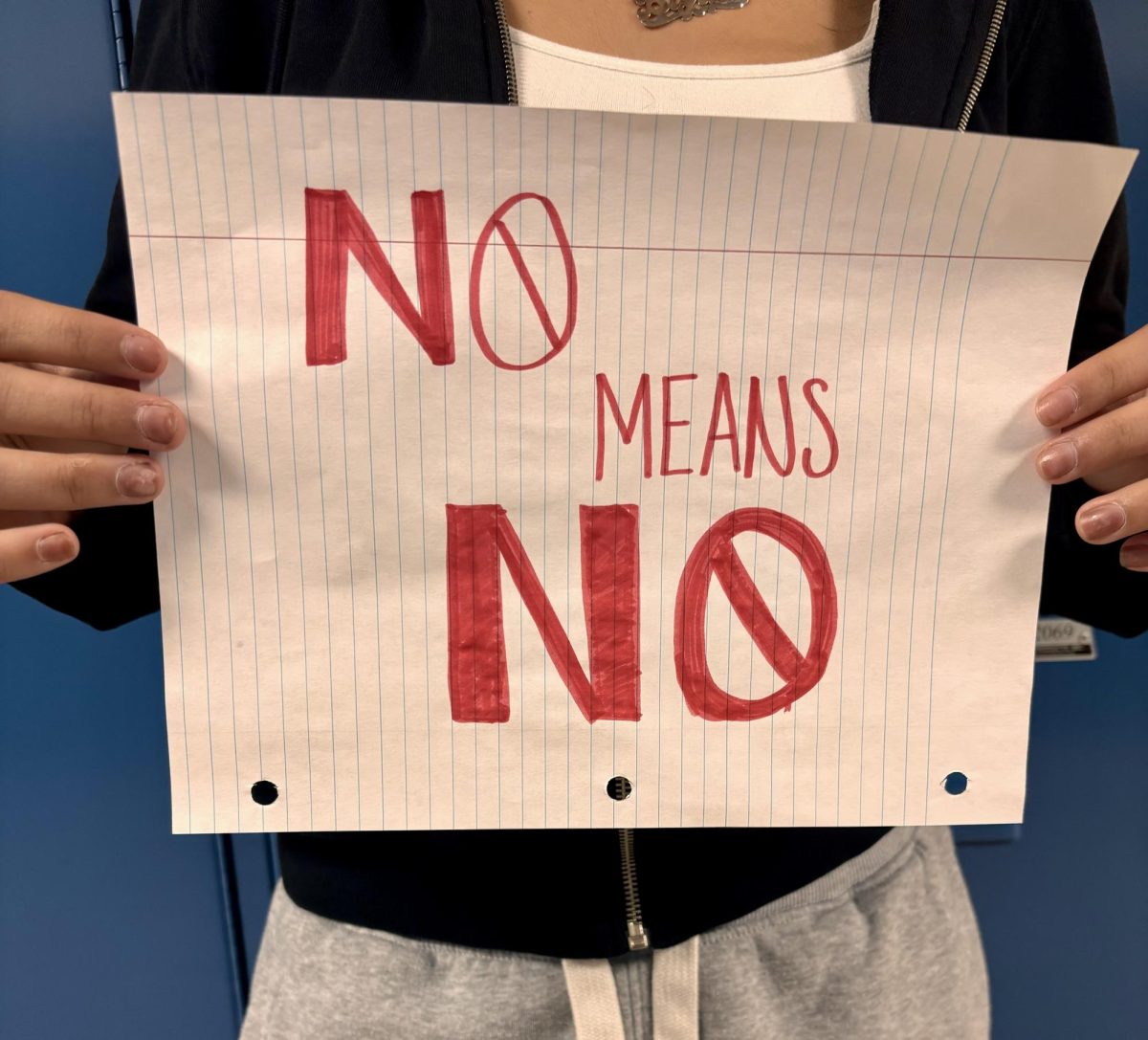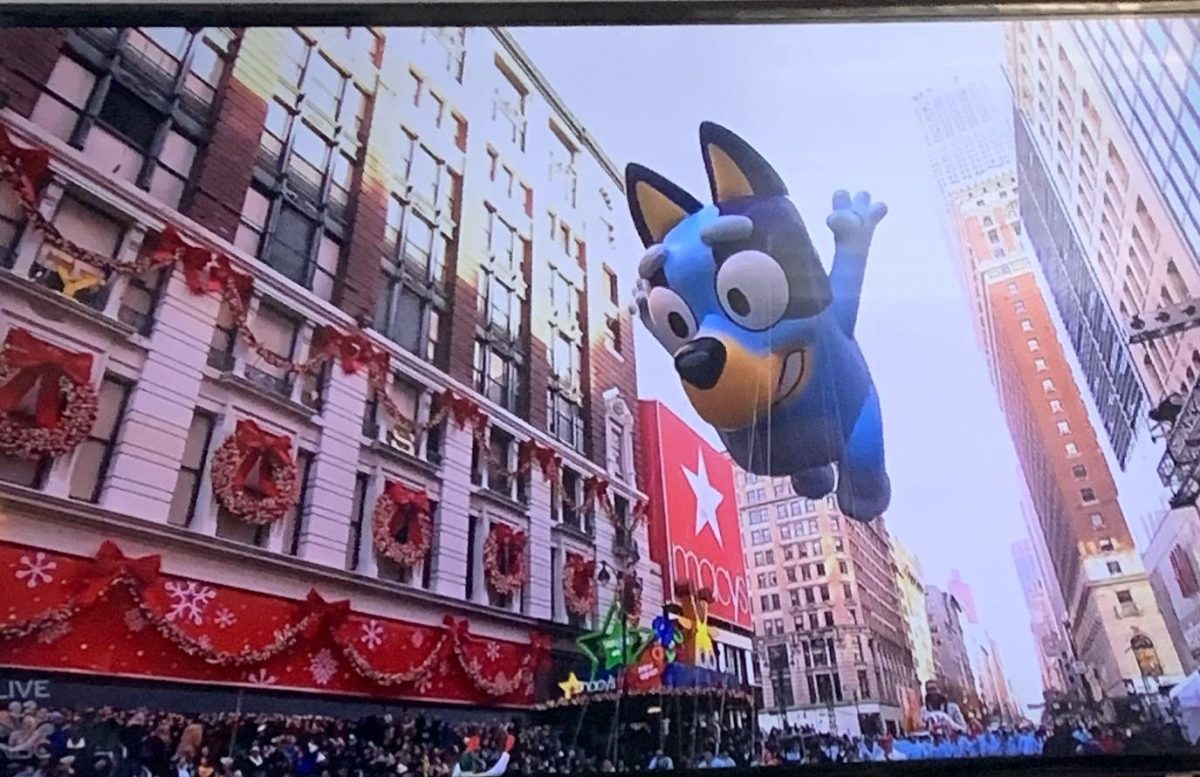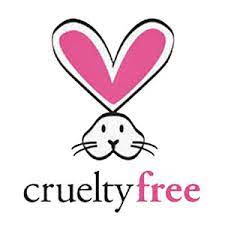
Products In Your Everyday Life
As everyone goes about their days, do we analyze what products we use? There has been a recent focus on health products, eating healthier, and really examining what we put in and on our bodies. However, while you might be using “organic” or “health-conscious” products, do you see if your products are cruelty free? While researching, I found that more than 1/2 the products in my bathroom were tested on animals. So that leads me to wonder, how many products are in yours?
You might think, it’s not a big deal, but do you really know what goes on in testing facilities around the globe?
The harsh reality is, more than 90% of the states in America have not banned animal testing. The only states to take a stand have been California, Illinois, Nevada, and Virginia. This is just in the United States, in mainland China, animal testing is legally required.
Even if you think that some brands are cruelty free, they aren’t if their products retail in mainland China, where they are tested on animals before being put on the shelf.
What Happens In Animal Testing Facilities?
In animal testing facilities, animals are held in containers, so they are unable to move, while they have chemicals injected, dripped into their eyes, and put on their skin. As a result of this, they are left blind, deaf, and burned. They are also hooked on drugs, and infected with harmful diseases. (Down to Earth)
Animals that are being tested on include rabbits (including pregnant rabbits), guinea pigs, rats, mice, and dogs. (Cruelty Free International)
What Everyday Companies Test on Animals?
Many of the companies you know and love conduct harmful tests on animals. Some of the big parent companies, that own multiple brands, that test on animals are: Estee Lauder, SC Johnson, Johnson & Johnson, L’Oreal, Clorox, P & G (Procter and Gamble), Unilever, and Colgate-Palmolive to name a few. (Cruelty-Free Kitty)
Everyday brands under these parent companies include: Arm & Hammer, Aveeno, Axe, Banana Boat, Bath & Body Works, Chapstick, Clorox, Colgate, Crest, Dawn, Degree, Dial, Downy, Febreeze, Gillette, Glade, Head & Shoulders, Listerene, Lysol, MAC, Maybelline, Mr. Clean, Neutrogena, Nivea, Olay, OralB, OxiClean, Pantene, Revlon, Schick, Tide, Tresemme, Vaseline, Victoria’s Secret, Windex, and dozens more.
For the full list visit Cruelty-Free Kitty.
It was probably shocking to see some everyday, common household brands on this list. Now I cannot claim to be completely cruelty-free and not support some of these brands, but I am working towards fixing that, and you should too.
What Can You Do To Help?
Now that you know what they do within the industry, how can you help activists work towards a change? One of the first obvious things is changing the brands you use, if they test on animals.
Some cruelty-free brands are: bareMinerals, Burt’s Bees, Colourpop, Covergirl, Dermalogica, DevaCurl, Drybar, EcoTools, elf, EOS, Function of Beauty, Garnier, Glossier, It’s A 10!, Jack Black, Jeffree Star, KKW Beauty, Kylie Cosmetics, KVD Vegan Beauty, Laura Geller, LUSH, Mario Badescu, Mrs. Meyers, Murad, No7, NYX, Ole Henriksen, oVertone, Pacifica, Paul Mitchell, Perricone MD, Seventh Generation, Shea Moisture, St. Ives, Sunday Riley, Supergoop!, Tarte, The Body Shop, The Ordinary, Tom’s of Maine, TreeHut, Urban Decay, and many more.
These items meet the following criteria: the finished products are not tested on animals, their ingredients are not tested on animals, their suppliers do not test on animals, none of the third parties they are associated with test on animals, and they don’t retail where the law requires it.
For the full list visit: Cruelty-Free Kitty.
The second thing you can do is sign this petition via the Humane Society International to protest animal testing.
A third thing you can do is reach out to your politicians, whether that be local or state, and “urge them to support the reintroduction of the Humane Cosmetics Act.” You can do that by calling, sending a letter, or completing it simply through this link.
To conclude, as someone with very sensitive skin, I was a bit nervous about switching brands becuase not all formulas and such agree with my skin. However, there are so many alternatives that I was easily able to find a cruelty free option.
Please consider switching to a cruelty free cosmetic and household supply option, to end the inhumane practice of animal testing.
Other Resources
Some reliable resources: The Humane Society, The Humane Society International, Peta, Cruelty-Free Kitty.
Take a look at the Humane Society International’s global campaign against animal testing called “Save Ralph.”






